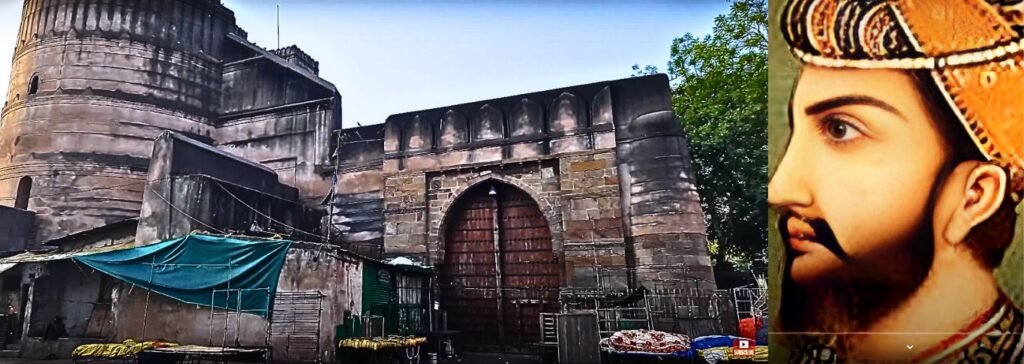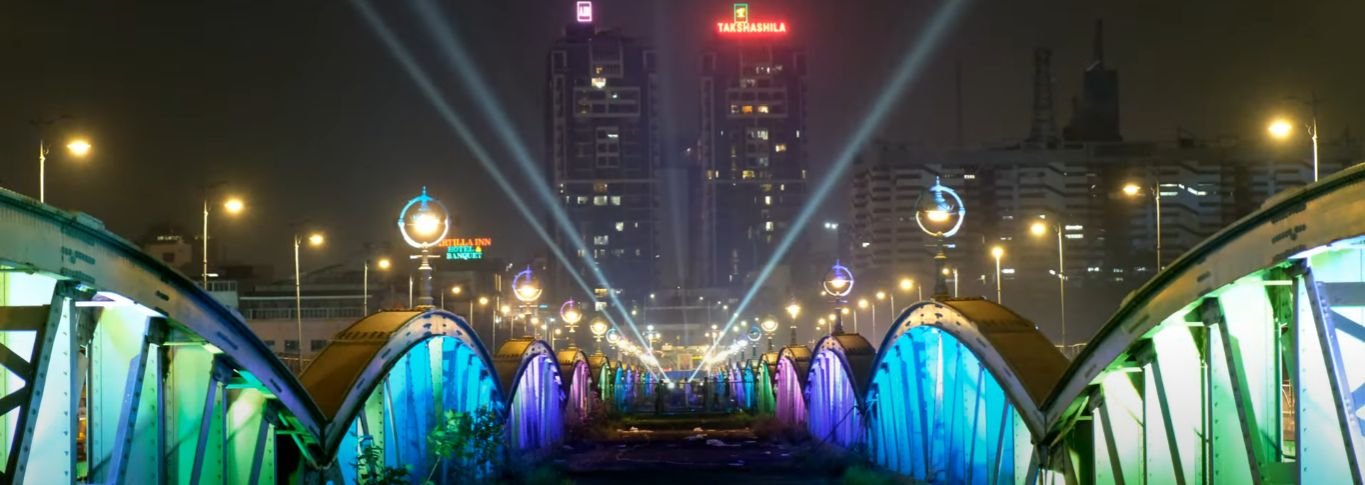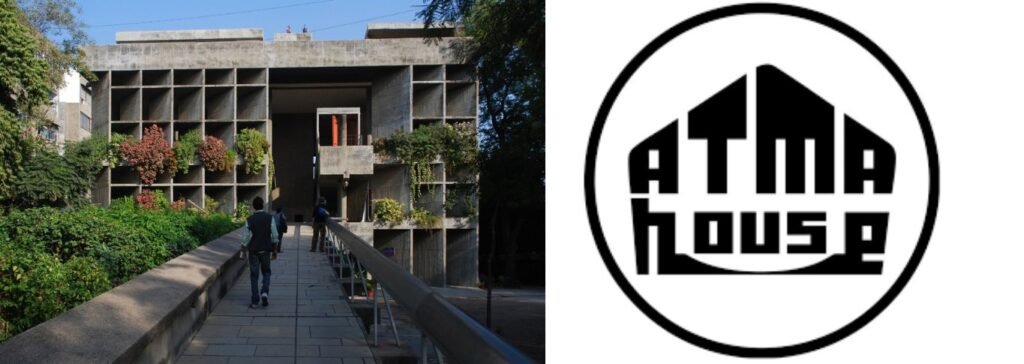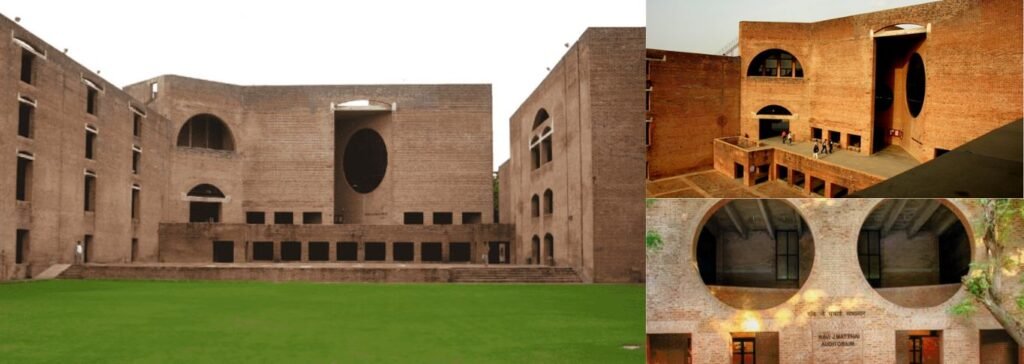Ahmedabad, the bustling metropolis of Gujarat, is not just a hub of commerce and industry but also a treasure trove of architectural wonders. The city’s rich history is etched in its buildings, from ancient mosques to ultra-modern skyscrapers. Architecture in Ahmedabad is not just about structures; it’s a testament to the city’s evolving culture and heritage.
The Historical Significance of Ahmedabad
Sultan Ahmed Shah founded in 1411, Ahmedabad has grown from a medieval city to a thriving urban centre. Over the centuries, it has absorbed influences from various rulers, each leaving a unique imprint on its architectural landscape. This confluence of styles is what makes Ahmedabad’s architecture so fascinating.
Best Architectural Places in Ahmedabad: Architectural Marvels of Ahmedabad
Sultanate Era Architecture
Jama Masjid

The Jama Masjid, built in 1424, is a prime example of the Sultanate era’s grandeur. Located in the heart of the old city, this mosque is known for its vast courtyard and intricate carvings. The yellow sandstone structure combines Hindu and Muslim architectural elements, showcasing a harmonious blend of cultures.
Sidi Saiyyed Mosque (સીદી સૈયદની જાળી)

Another gem from the Sultanate period is the Sidi Saiyyed Mosque, famous for its delicate latticework windows, known as ‘jaalis’. These stone windows, intricately carved with tree designs, are a masterpiece of Indo-Islamic architecture and symbolize the artistic zenith of the era.
Mughal Influence on Ahmedabad’s Architecture
Sabarmati Ashram

Though primarily known for its association with Mahatma Gandhi, the Sabarmati Ashram also reflects Mughal architectural influences. The simple yet elegant design of the buildings emphasizes functionality and austerity, mirroring Gandhi’s principles.
Bhadra Fort

Constructed during the reign of Sultan Ahmed Shah, Bhadra Fort was later expanded by the Mughals. The fort’s imposing gates, royal palaces, and open spaces exhibit typical Mughal architectural traits, such as boasting and detailed craftsmanship.
Colonial Architecture in Ahmedabad
Ellis Bridge

Built in 1892, Ellis Bridge is a symbol of colonial engineering and design. This steel bridge, spanning the Sabarmati River, played a crucial role in connecting the eastern and western parts of the city, facilitating trade and movement.
Town Hall

The Town Hall of Ahmedabad, with its classical colonial architecture, stands as a reminder of the British era. Its majestic columns and spacious interiors reflect the grandeur typical of British administrative buildings of that time.
Post-Independence Modernism
ATMA House

Designed by the renowned architect Charles Correa, ATMA House marks the beginning of modern architecture in Ahmedabad. Its clean lines, open spaces, and use of natural light were revolutionary at the time and continue to inspire contemporary designs.
Indian Institute of Management (IIM) Ahmedabad

The Indian Institute of Management Ahmedabad (IIMA), designed by Louis Kahn, is an architectural marvel. The red brick structures, geometric designs, and thoughtful use of space make it one of the most iconic educational buildings in India.
Ahmedabad’s Contemporary Architectural Landscape
Adani Shantigram
Adani Shantigram represents the pinnacle of modern residential architecture. With its sleek design, state-of-the-art amenities, and sustainable features, it sets a new standard for urban living in Ahmedabad.
Gujarat International Finance Tec-City (GIFT City)
GIFT City is a glimpse into Ahmedabad’s future. This ultra-modern financial hub, with its towering skyscrapers and cutting-edge infrastructure, aims to position the city as a global financial powerhouse.
Heritage Conservation in Ahmedabad
Recognizing the need to preserve its rich heritage, Ahmedabad has made significant efforts in conservation. The city’s inclusion in the UNESCO World Heritage list in 2017 is a testament to these efforts. Initiatives to restore historical buildings and promote heritage tourism have been crucial in maintaining Ahmedabad’s architectural legacy.
The Role of Architects in Shaping Ahmedabad
Local architects like Balkrishna Doshi and international figures like Louis Kahn have played pivotal roles in shaping Ahmedabad’s architectural narrative. Their innovative designs and commitment to blending tradition with modernity have left an indelible mark on the city.
The Cultural Impact of Architecture in Ahmedabad
Architecture in Ahmedabad is more than just physical structures; it’s a reflection of the city’s culture and identity. The diverse architectural styles mirror the city’s cosmopolitan ethos and influence every aspect of daily life, from religious practices to social interactions.
Sustainable Architecture in Ahmedabad
As the city grows, there is a growing emphasis on sustainable architecture. Buildings like the CII – Sohrabji Godrej Green Business Centre showcase eco-friendly designs that minimize environmental impact while maximizing efficiency and comfort.
The Architectural Tours of Ahmedabad
Architectural tours have become increasingly popular, offering visitors a chance to explore the city’s rich heritage. These tours highlight key sites and provide insights into the historical and cultural significance of Ahmedabad’s architecture.
Architectural Education in Ahmedabad
Ahmedabad is home to some of India’s premier architecture schools, such as CEPT University. These institutions not only produce skilled architects but also contribute to the ongoing dialogue about sustainable and innovative architectural practices.
Community Involvement in Architectural Preservation
Local communities play a crucial role in preserving Ahmedabad’s architectural heritage. Grassroots initiatives and public participation in conservation efforts have led to several success stories, ensuring that the city’s historical treasures are safeguarded for future generations.
FAQs
What makes Ahmedabad’s architecture unique?
Ahmedabad’s architecture is unique due to its blend of historical and modern styles, reflecting influences from various periods and cultures.
How does the city balance modern and historical architecture?
The city balances modern and historical architecture through careful conservation efforts and innovative urban planning that integrates new developments with historical sites.
What are some must-visit architectural sites in Ahmedabad?
Must-visit sites include the Jama Masjid, Sidi Saiyyed Mosque, Sabarmati Ashram, Bhadra Fort, and the Indian Institute of Management Ahmedabad.
How has Ahmedabad’s architecture influenced other Indian cities?
Ahmedabad’s architecture has set benchmarks for urban development and heritage conservation, influencing architectural practices and policies in other Indian cities.
What efforts are being made to preserve Ahmedabad’s architectural heritage?
Efforts include restoration projects, heritage walks, and educational initiatives, supported by both government and local communities, to maintain and promote the city’s architectural legacy.

